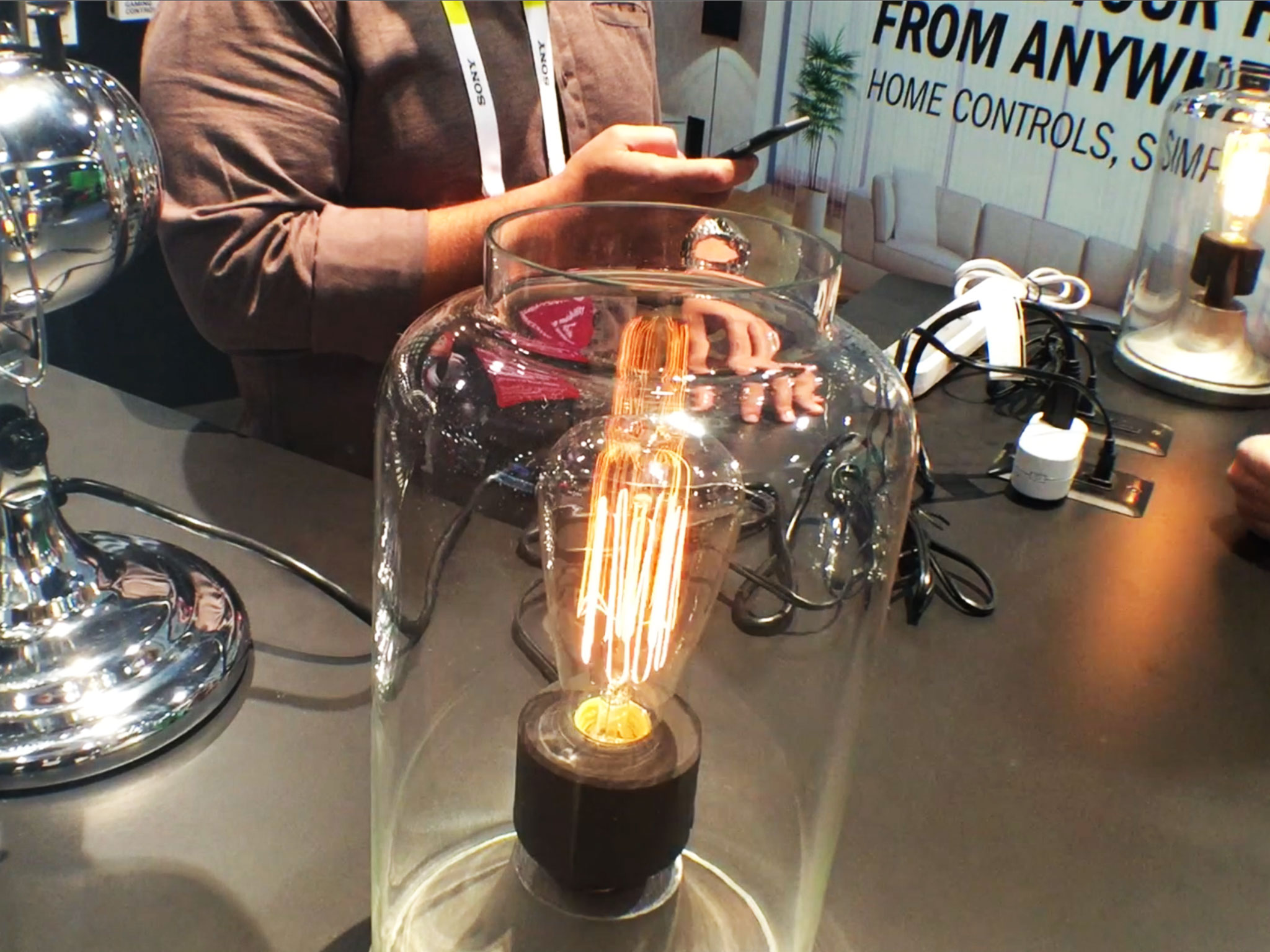Last week, after CES 2015, I wrote about what was taking HomeKit accessories time to hit the shelves. Today, Recode has written about what, in their opinion, is behind the "slow ramp". There's some interesting information in there about chipset availability from Broadcom but, before we can talk about speed to market, I think it's valuable to break down the actual timelines and processes involved.
The HomeKit framework was announced at WWDC in June of 2014, or just under 8 months ago. It was released in September of 2014, or just under 5 months ago. The full spec went live in October of 2014, or just under 4 months ago. Made for iPhone (MFi) certification started in November of 2014, or just under 3 months ago. Approvals happened through December of 2014, or under 2 months ago. Vendors showed off the first generation of HomeKit-compatible accessories in January of 2015, or earlier this month. So, shipping this spring doesn't seem out of line with previous accessory rollouts, including AirPlay-compatible speakers or iOS-compatible game controllers.
To expand on that, the period between June and September is when developers first see the frameworks and can first start testing them and providing feedback. September to October is when developers have the release frameworks and the final spec, can start implementing software and hardware for their products, all the while continuing to provide feedback.
There's no Home.app and no Apple Soundbar. When Apple has products that use their frameworks, they can do a lot of early testing. When Apple doesn't have products that use their frameworks, they depend on developers for testing, which takes longer. Since a terrific product is everyone's goal, however, it's also an incredibly important one.
MFi is under a non-disclosure agreement (NDA), but it isn't hard to imagine that when high quality, security, and reliability is everyone's goal, certification probably requires a lot of testing as well.
That testing started in November with approvals happening through December. That starts with prototypes but leads to multiple samples of working products. Those products have to be far enough along to provide those samples, which includes everything from the chipsets to the mechanics to the casing to — you get the idea. It all has to be good to go.
When you combine marketing, development, and manufacturing, that's a lot of moving parts to coordinate.
It's also another example of the compactor currently surrounding Apple — they're simultaneously being accused of moving too fast for stability and too slow for innovation — in other words damned if they do and damned if they don't.
Based on all the HomeKit products I got to see at CES, things are moving ahead the way any first generation technology moves ahead — steadily and surely. And, as someone who's planning to buy a lot of it, that's exactly what I want.

No comments:
Post a Comment